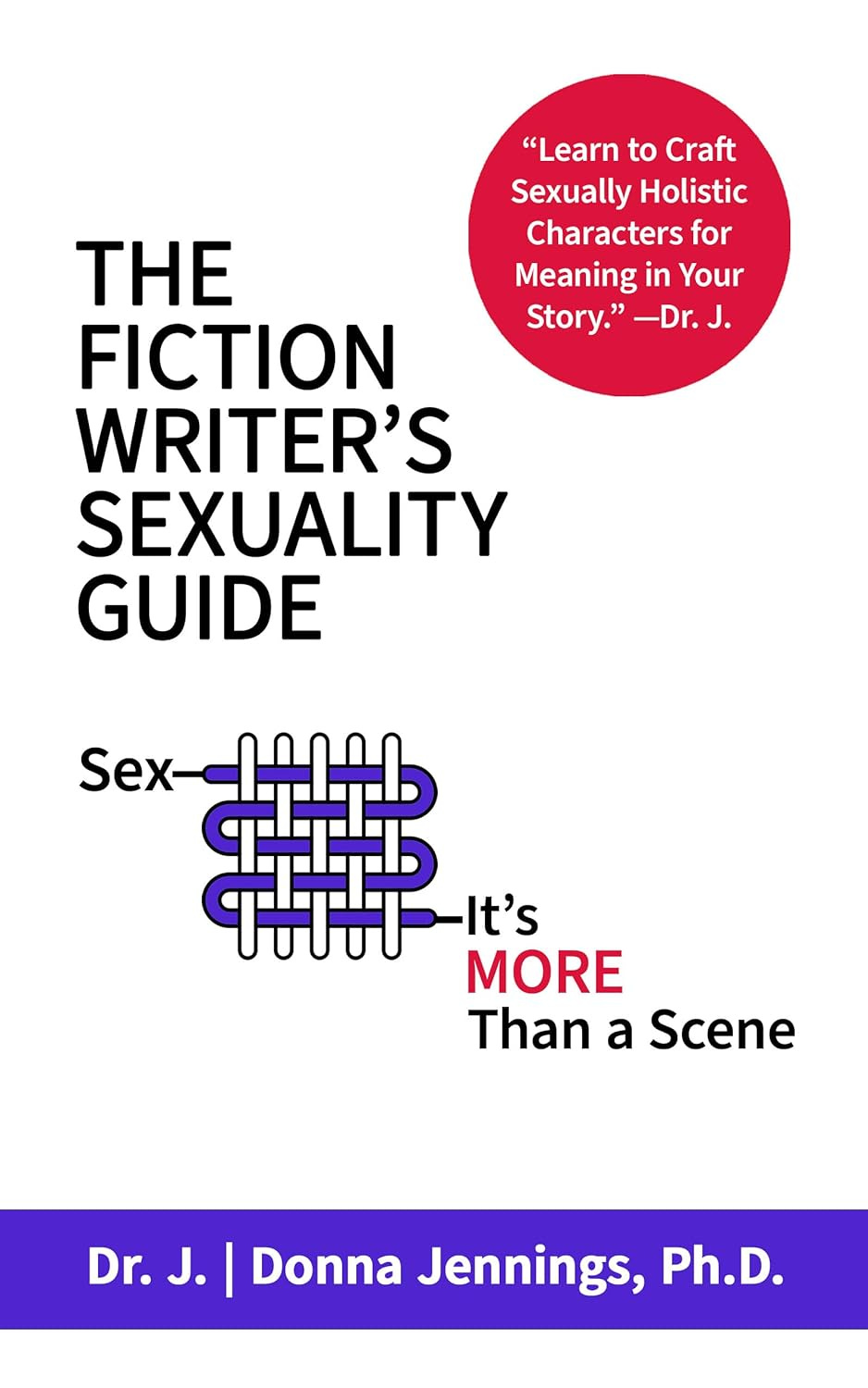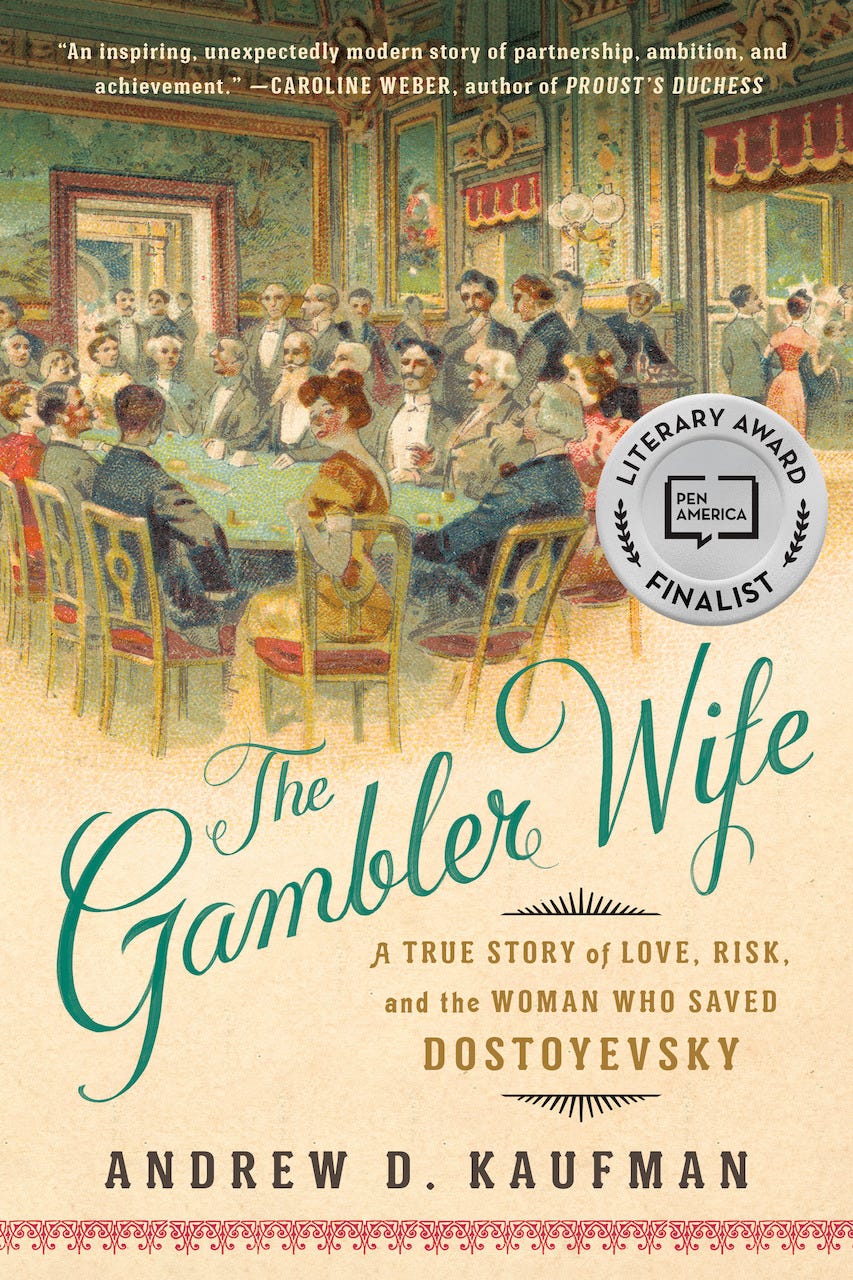Boost Your Open Rates and Engagement: Effortlessly Switch from Mailchimp to Substack
Confused? Let's break it down...

Improving your open rates and views on Substack compared to Mailchimp (or any other email service) depends on several factors, including how you engage with your audience, the type of content you produce, and how well you leverage the platform's features.
I started using Substack last August and have written a weekly newsletter every week. With Mailchimp, I gave up. Too complicated (for me). I also now have an advertising sponsor, Booklinker, for this newsletter. More on that below.*
I will also address blogging and newsletters - do we need both?
Here are some reasons why you might see an improvement by switching, as well as potential challenges.
Reasons You Might See Improvement
1. Focused Audience
Substack is designed specifically for newsletters, attracting readers who are more interested in consuming long-form content. This focus can lead to a more engaged and loyal audience.
2. Community Features
Substack’s community-building tools, like comments and discussions, can foster a sense of connection among your readers, potentially leading to higher engagement and open rates.
3. Ease of Use
The simplicity of Substack might make it easier for you to produce high-quality content consistently, which can positively impact your open rates and views.
4. Monetization Incentive
Readers who pay for subscriptions are often more engaged and likely to open and read your emails. Offering paid subscriptions can create a more committed readership.
5. Email Deliverability
Substack handles the technical aspects of email deliverability well, which can improve the chances of your emails landing in the primary inbox rather than the promotions or spam folders.
With Mailchimp and other platforms, you must provide a physical address, which many people don’t want to share for obvious security reasons. There is no need with Substack.
Potential Challenges
1. Audience Transition
Your existing audience may take time to adapt to the new platform. Some subscribers might miss the transition emails or be hesitant to follow you to a new platform initially.
Out of my over 3K+ subscribers, only two so far have contacted me over the past year during this transition, unsure of what Substack is. I keep this newsletter free with options to become a paid supporter, which feels fair to my previous subscribers.
2. Platform Familiarity
Readers who are not familiar with Substack might be less inclined to engage initially. Educating your audience about the new platform and its benefits is crucial.
But here’s what’s great: readers can continue to read your newsletters in email as they always have. They don’t have to come to the Substack site. But they can if they want to read your other posts (or other people’s newsletters).
3. Content and Frequency
Consistency and quality of content play a significant role. If you are not able to maintain a regular schedule or the quality of your content drops, it could negatively impact your open rates.
Since last August, I’ve been writing weekly like clockwork (something I have never done consistently in 14 years in this business). Having an advertising sponsor helps, too.
Many writers are finding ad sponsors by connecting with companies and people they love. More on that in a future newsletter! Learn more about Booklinker here - free universal book links for all writers.
Tips to Improve Open Rates and Views
1. Engage Early and Often
When you first transition, engage with your audience by sending out emails explaining the benefits of Substack and what they can expect. Make it easy for them to follow you.
You can also connect with other writers here (the internal marketing is pretty great). And now with the options to stack, restack, and add notes, Substack is providing a way to interact with readers, not simply post.
2. High-Quality Content
Focus on delivering valuable, engaging, and consistent content. High-quality writing and compelling topics will keep your readers coming back. Not sure what to share?
The first rule of newsletters: make it newsy. What have you read, watched, listened to, been working on, struggling with, or conquered?
Real life, yo.
3. Personalization & Optimization
Use Substack’s tools to personalize your emails where possible. Personalized subject lines and content can significantly improve open rates. More here:
4. Community Interaction
Encourage readers to comment and participate in discussions. Respond to comments to build a sense of community and loyalty.
5. Regular Analysis
Review your open rates and engagement metrics regularly. Substack provides basic analytics that can help you understand what is working and where you need to improve.
Here’s an example of what I see in terms of per-post open rate and views. This is from my last five posts.
Below: Here are the specifics of where my views and clicks are coming from: Email wins with almost 20K views and 13K users; I also can see where my clicks are coming from—so clearly, for me, X(formerly Twitter) and Facebook continue to be my top referrers, after email which is whoa, the clear frontrunner.
More here:
Focusing on these strategies and leveraging Substack's strengths can potentially improve your open rates and views. However, monitoring and adjusting your approach based on your audience’s response is important to ensure sustained growth and engagement.
Importing your subscriber list from Mailchimp to Substack is relatively straightforward, but there are a few steps to follow to ensure a smooth transition. Here’s a step-by-step guide and the pros and cons of making the switch.
How to Import Your Subscriber List
Export Your List from Mailchimp:
Log in to your Mailchimp account.
Navigate to the "Audience" tab.
Select the audience you want to export.
Click the "Export Audience" button.
Mailchimp will generate a CSV file of your subscribers.
Import to Substack:
Log in to your Substack account.
Go to the “Dashboard” and click on “Subscribers.”
Click on the “Import” button.
Upload the CSV file you exported from Mailchimp.
Map the columns from your CSV file to the appropriate fields in Substack (e.g., email, first name, last name).
Pros of Switching to Substack
Monetization Options:
Substack offers built-in tools for monetizing your newsletter through paid subscriptions, which can be a great way to generate income directly from your content. More here:
I also have the option of creating subscriber-only and paid content, which is a nice option.
Simplicity and Focus:
Substack is designed specifically for newsletters. It provides a clean and user-friendly interface focused on writing and delivering content to subscribers without many of the complexities of Mailchimp.
Community Building:
Substack has community features that allow subscribers to comment on and engage with your posts, fostering a sense of community around your content. In the Notes section here, I’ve had some fun conversations about writing and marketing.
Ease of Use:
The platform is intuitive and straightforward, making it easier for writers who want to focus more on content creation rather than managing complex marketing tools.
Cons of Switching to Substack
Limited Customization:
Substack offers fewer customization options compared to Mailchimp. You might find Substack limiting if you’re used to Mailchimp’s extensive design and segmentation features.
Migration Hassles:
While importing your list is straightforward, you may still need to reconfigure some settings, such as welcome emails and automation, which can be time-consuming.
No Advanced Analytics:
Substack’s analytics are more basic compared to Mailchimp’s detailed reporting. This might be a downside if you rely heavily on analytics to optimize your campaigns.
Fewer Integrations:
Substack does not integrate with as many third-party tools and platforms as Mailchimp, which can be a drawback if you use a variety of marketing tools in your strategy.
Should I Stop Blogging?
Keep blogging. Why blog and do a newsletter?
Different goals: blog posts are fresh content on your website, which helps your Google ranking, especially if you share the posts on social media. Whereas newsletters go directly to the reader’s inboxes - no shared content will show up on search engines.
What’s great about Substack is that you can still do both. Here’s what I do: I pull together four or five of my most recent popular newsletters and share them as a summary blog post on my site. That way, if people haven’t signed up for my newsletter yet, they’ll see it on the site and can read it that way.
Ultimately, it’s up to you. Many writers scrambled to find a new home after the Twitter to X debacle - I’m still there, but I’m also spending more time here and loving it. Wayyyyyy less trolls. More on that here:
Empower Yourself: Writer's Toolbox for Battling Trolls and Cultivating a Supportive Online Environment
You’re on X or Instagram, and someone leaves you a mean, nasty response. It’s weird. And upsetting. What did I ever do to them? you may be thinking. Writers can often be targets for trolls on social media, given the public nature of our work. My biggest piece of advice comes from Don Miguel Ruiz, author of
Audio Spaces
• In case you missed it, listen to the recorded #BookMarketingChat audiospace with my very special guest, Dr. Donna Jennings, who is launching her new book, The Fiction Writer's Sexuality Guide: Sex—It's More Than a Scene.
It’s fantastic.
Click here now to listen.
• Join me in July for my once-monthly #BookMarketingChat on Wednesday, 7/3, with special guest Dr. Andrew D. Kaufman, author of The Gambler Wife: A True Story of Love, Risk, and the Woman Who Saved Dostoyevsky to discuss writing tips. His book was a PenAmerica finalist and is now being made into a film.
Click here now to set a reminder and add it to your calendar.
• #TheWriteLab Space with me and cohost @VennieKocsis! Join us every Thursday at 1 pm pst/3 pm est to discuss your author branding, socials, writing (of course), and marketing - FREE! Audio-only, recorded if you miss it.
Click here to set a reminder now for our June 13 at 1 p.m. PST Space. The topic is open Q&A.
Sponsor
💜 Thank you, Booklinker, my exclusive advertising sponsor for 2024! Free universal book links for all authors. It's super easy to use. And they have a fantastic blog here.💜
See you next week, and happy writing!
Are You With Me?
If just 5% of my 3K free subscribers contributed the cost of a coffee, I could reach a larger audience to help writers tell our stories. If you can't become a paid subscriber, please share with a friend. Thank you! 🌻












If you’re a writer, who’s in the end using your newsletter to sell books, is that not a contradiction of the Substack terms of service? “Substack is intended for high quality editorial content, not conventional email marketing. We don’t permit publications whose primary purpose is to advertise external products or services, drive traffic to third party sites, distribute offers and promotions, enhance search engine optimization, or similar activities.”